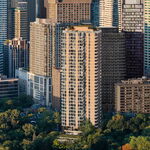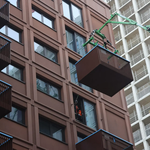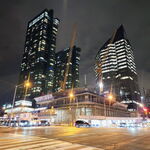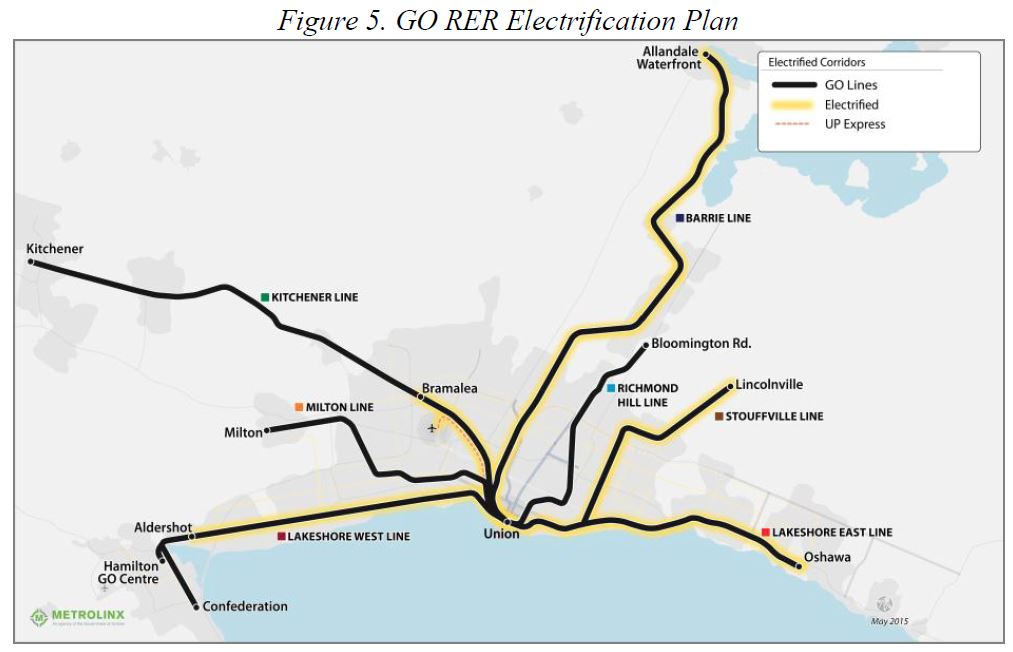ssiguy2
Senior Member
It seems that there are so many transit plans all with different routes, technology, and political necessities.
So many of them and where stations should be, route, technology used, whether they should be grade separated or not, ridership forecasts, development potential, and a whole host of other considerations are usually viewed in terms of how it will connect or effect ridership on RER but it seems the idea of RER is a very vague one.
We all have this general agreement that it will be electrified rail that comes more frequent than GO but outside of that it's pretty murky.
What are the routes? Where are the stations? Where is the map? What's the technology? If on regular rail will these be double-decker {ie Sydney} or single-deck {ie Melbourne} trains? How often will it come? How much will it cost? Will there be fare integration? Will it cost no more than a TTC or be as expensive as GO rail?
Will the UPX become part of RER? How large will the trains be? What will RER capacity be on each line? What's the timetable for getting it up and running? What will the average speed be? Will they always use Union or are they planning a downtown tunnel like Mel/Syd? What are the hours of operation?
These are all very basic questions when planning for mass/rapid transit and yet as far as I know none have completely been answered and for most none at all.
I can understand why Tory wants to forge ahead with ST and not waiting for GO or considering it's impact on ridership because RER is a complete unknown. Wynne and company like to toss the word around but I don't see a master plan. Right now RER is, quite literally, not even lines on a map.
So many of them and where stations should be, route, technology used, whether they should be grade separated or not, ridership forecasts, development potential, and a whole host of other considerations are usually viewed in terms of how it will connect or effect ridership on RER but it seems the idea of RER is a very vague one.
We all have this general agreement that it will be electrified rail that comes more frequent than GO but outside of that it's pretty murky.
What are the routes? Where are the stations? Where is the map? What's the technology? If on regular rail will these be double-decker {ie Sydney} or single-deck {ie Melbourne} trains? How often will it come? How much will it cost? Will there be fare integration? Will it cost no more than a TTC or be as expensive as GO rail?
Will the UPX become part of RER? How large will the trains be? What will RER capacity be on each line? What's the timetable for getting it up and running? What will the average speed be? Will they always use Union or are they planning a downtown tunnel like Mel/Syd? What are the hours of operation?
These are all very basic questions when planning for mass/rapid transit and yet as far as I know none have completely been answered and for most none at all.
I can understand why Tory wants to forge ahead with ST and not waiting for GO or considering it's impact on ridership because RER is a complete unknown. Wynne and company like to toss the word around but I don't see a master plan. Right now RER is, quite literally, not even lines on a map.







